Is LinkedIn an effective marketing tool for business in 2018? How can social marketers use LinkedIn to benefit their business? What are some of the ROIs of LinkedIn for businesses using the social media channel in 2018? If you’ve considered investing both time and money into a marketing campaign involving LinkedIn, the questions above are just some of the many you may be asking. We’ve answered these, and much more, in this handy guide.
About LinkedIn
- 1 About LinkedIn
- 2 LinkedIn – the story so far
- 3 A business case for using LinkedIn
- 4 B2B and B2C marketing via LinkedIn
- 5 Social media channel integration with LinkedIn
- 6 LinkedIn ROI potential
- 7 Opace – our client’s experiences with LinkedIn
- 8 SEO – optimising for LinkedIn
- 9 Is LinkedIn a useful marketing tool for business in 2018?
- 10 Get in touch with Opace
Beginning with the basics, LinkedIn is a social networking site catered specifically for the business community. Business and employment orientated, the social media channel allows users to connect with other professionals worldwide.
A member has their own unique profile page, whereby an emphasis is placed on their skills and attributes, employment history, education, training, and a personal photo. The connection feature, which is arguably the predominant feature of LinkedIn, is used to allow users to connect with one another and is meant to portray professional relationships in the real world.
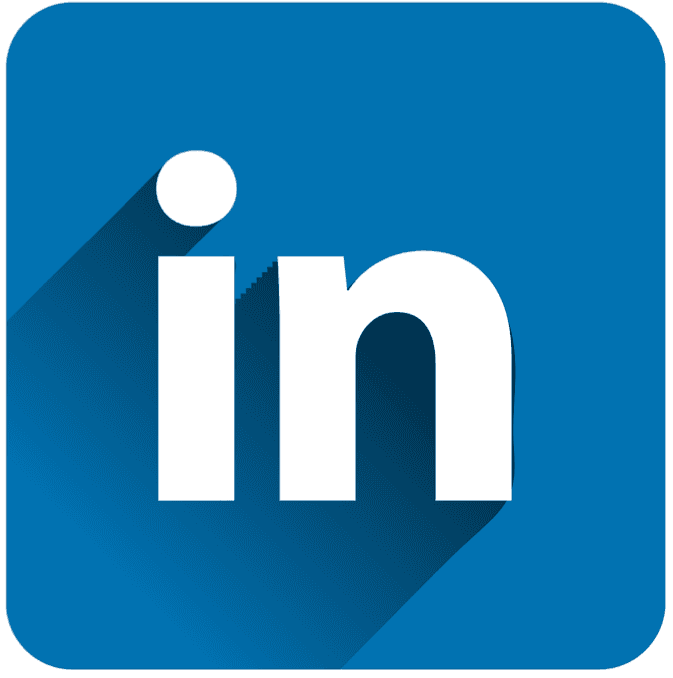
LinkedIn has long been known as a very effective B2B marketing tool
LinkedIn – the story so far
The company was founded in December 2002 by Reid Hoffman and launched in May 2003. By April of 2007, the site reached 10 million users, and just under a year later in February of 2008, LinkedIn launched its mobile app. From 2008, the company began to invest more into its growth, and numbers rose exponentially to 140 million in 2011. Currently owned by Microsoft after it was bought for the huge sum of $26.2 billion in 2016, LinkedIn is now the largest professional networking site, boasting more than half a billion users.
However, reports show that only 25% actively visit the channel on a monthly basis, implying that acquisition rates are rather low for the social media channel. Microsoft plans to drive member acquisition in the near future, with what began as major redesigns to the social network in the first few months of 2017. Growth was rather steady in 2017, with no notable change in the pace of member growth, but this may perhaps change with Microsoft’s recent plans regarding the social networking site.
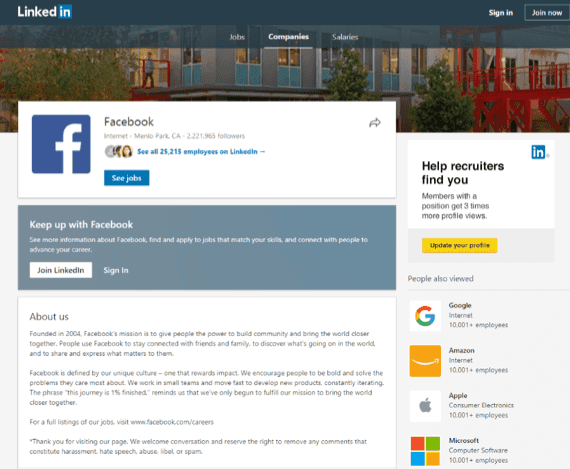
A LinkedIn business profile could reap rich new dividends in business
A business case for using LinkedIn
Coined as the world’s largest professional networking site, LinkedIn certainly argues a convincing business case in 2018. LinkedIn is unlike any other social networking site in the sense that it is mainly for professionals. Furthermore, the fact that it has over 500 million users means it is a beneficial marketing tool for businesses wishing to operate in this niche market.
However, a profile often requires a large initial investment of time, and the fact users are not as active on LinkedIn as they are on other channels such as Facebook or Twitter means business doesn’t happen in real time. Below we explore some of the various positives and negatives of LinkedIn for business in 2018.
Using LinkedIn for business and lead generation
Firstly, LinkedIn is supposedly the best social media platform for lead generation, with 2.74% of visitors being converted to leads. This is both higher than Facebook and Twitter, whose conversion rates are approximately 0.77% and 0.69%, respectively.
Furthermore, LinkedIn’s wide array of options for targeted advertising means marketers using the social media channel can deliver their content to a very specific group of people within a population. Targeted advertising in its most basic form allows for businesses to target a specific demographic, based on a number of different factors.
This includes location, company name and industry, followers, job function and seniority, degrees, fields of study, skills, gender and age, to name a few! The large number of possible factors to choose from in 2018 means marketers are able to target a specific demographic, in the hope of increasing user engagement, increasing traffic, lead generation and potentially creating sales leads for businesses.
LinkedIn has taken the targeted advertising feature one step further, by introducing Matched Audiences. Launched in 2017, Matched Audiences introduce a new set of targeting capabilities for business, enabling the targeting of a more specific demographic through Website Retargeting, Account Targeting and Contact Targeting.
Website Retargeting allows for businesses to create a target audience based on that company’s recent website visitors. Account Targeting and Contact Targeting are similar in the fact that they enable marketers to target large lists of companies or email contacts. This allows for businesses to be able to market a campaign to their key audiences or accounts – coupling this with the demographic targeting options explained above to refine an extremely specific target audience. Both LinkedIn’s demographic targeting and Matched Audiences feature are explained in further detail here, on the LinkedIn website.
Thanks to LinkedIn’s Answers program, users in 2018 are able to offer their niche expertise to potential clients, all the while helping to boost their credibility on the social network. Users also have the ability to answer specific questions other users may have asked, which will undoubtedly increase views on their page if users find the answer helpful. Furthermore, businesses have the ability to invite people to view their LinkedIn page and visit their site by providing a link through the LinkedIn Answers program.
Finally, in 2018, a user can benefit from the basic features of LinkedIn for free – that is, creating a complete profile, connecting within the professional network and asking for recommendations. The social media channel is therefore good for businesses who are working on a budget.
LinkedIn case studies
Coca Cola – This B2C company is using LinkedIn by publishing links directing users to content which has been posted throughout their 131-year history. By directing people to their website in order to read this original content, they’re increasing conversion rates and user engagement. Furthermore, these posts do well to market the product while also staying rather light-hearted.
Microsoft – With nearly four million followers, the presence of this B2B company on LinkedIn is a perfect example of how other B2B companies should market themselves on the social media platform. Through interesting and compelling stories about innovation, technology and how Microsoft’s services and tools help millions in various industries, its followers can really engage with and understand the services Microsoft offer. This is often through posting a diversity of content, tips, insights into the industry, as well as sneak peaks into life within the Microsoft HQ!

Microsoft have grown their brand brilliantly using the LinkedIn platform
Drawbacks of LinkedIn
Firstly, business does not always happen in real time. Although LinkedIn has over 500 million users as of 2017, only 25% of this figure actively visits the channel monthly. It can, therefore, take a long while for business plans to happen, or for someone to reply to a message – it is a social media channel that requires patience in 2018. It also requires a large initial investment of time to create a profile and begin to make connections and interact with users.
It has been previously explained that to use LinkedIn in its simplest form is free. However, it must be stressed that this is rather basic, and for businesses wishing to expand their professional market in 2018, they must ultimately pay for premium accounts if they are to reap the benefits that LinkedIn offers.
There are a number of different paid accounts available to a user, which differ slightly in terms of reach, visibility and search functionality. However, in short, paying for a premium account in 2018 allows for users to send messages via Inmail, LinkedIn’s private messaging system. Premium account members can also benefit from conducting any number of searches they please, while also allowing for any other user to view their profile in full.
Furthermore, it must also be noted that LinkedIn advertising for business is not free! CPC rates tend to start at around $2 and can reach anything as high as $4 or $5. This is comparatively higher than other social media channels in 2018, such as Facebook, whereby an advert only costs a business between $0.16 and around $1. Of course, the actual CPC is dependent on a business’s targeting criteria and competition within an industry. This can be difficult for businesses who are working on a budget, especially if they are already paying for some sort of premium account on LinkedIn.
B2B and B2C marketing via LinkedIn
With over 500 million users, LinkedIn is the most widely used professional network in the world in 2018. Therefore, B2B companies should certainly be including this social networking site into their marketing strategy! LinkedIn is extremely suited for B2B companies as it facilitates the building of relationships and for businesses to expand their professional network. It comes as no surprise that 44% of users established better face-to-face relationships through first interacting on the social media platform.
The fact that LinkedIn is a professional networking site means that companies are able to deliver relevant, informative, unique and educational content – and this is exactly what users on the site will want and expect to see in 2018! This is vastly different from B2C marketing, which is typically more creative and therefore appeals to the more quirky and user-friendly social media channels such as Instagram and Facebook.
Despite the hefty CPC price tag, as previously explained in the ‘Drawbacks of LinkedIn for Business in 2018’ section, LinkedIn advertising is unmatched in the advantages it brings to B2B marketers. No other social media channel has such an extensive professional network and facilitates B2B marketing and advertising as well as LinkedIn in 2018.
It, therefore, comes as no surprise to learn that, in a joint survey conducted by The Marketing Journal and Javed Martin and Associates, 73% of B2B companies found that LinkedIn was successful in helping them achieve their aims. For B2B marketers, how social media channels were impacting on lead generation was particularly important. This is vastly different for those B2C companies active on the channel, as just 32% of those surveyed found it to be an effective marketing tool for business in 2018.
When specifically relating to the impact of paid advertising, LinkedIn fared the best channel for B2B companies. A reported 63% of those surveyed stated they use paid advertising on LinkedIn, compared to just 13% of B2C companies. While figures show LinkedIn is more suited for B2B companies, there have been success stories by B2C companies through the social media channel, which you can find in the previous section ‘Success Stories on LinkedIn’.
For businesses who are wishing to diversify their fan-base in 2018, being active on various social media channels is a must. Below we discuss the various ways in which to integrate LinkedIn with YouTube, Facebook, Instagram and Twitter. Doing so is extremely easy and can be a huge ROI for business in 2018!
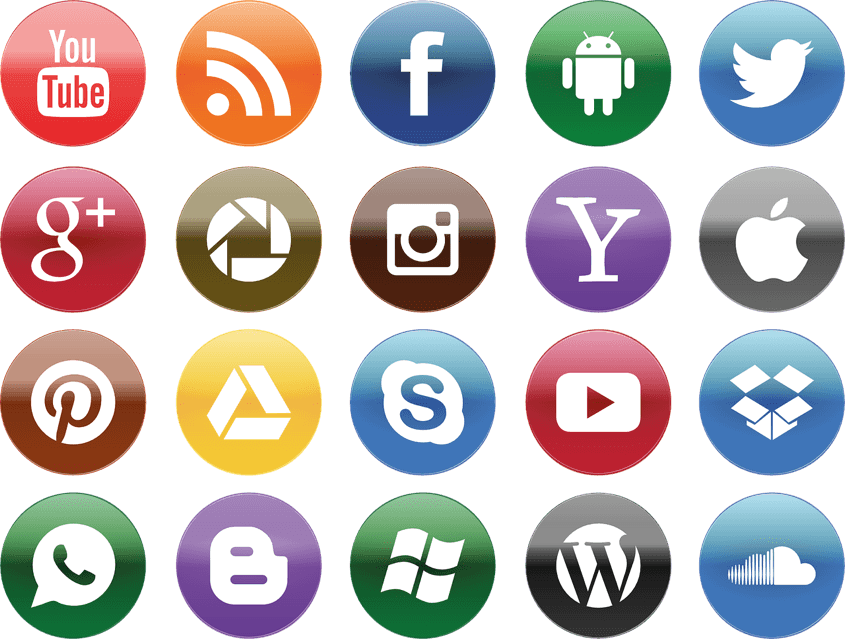
Want to maximise your LinkedIn reach? Consider utilising it with some of the above social media channels
Integrating LinkedIn with Facebook
Integrating the professionalism of LinkedIn with the more social and light-hearted aspects of Facebook in 2018 can be fruitful for business through exposing your product or service to a wider, different fan-base to that which is present on LinkedIn. Integrating these two social media channels is done through Facebook – the user must click on the LinkedIn app through the apps section to the left of the news feed.
Clicking on “Go To App” will direct the user to the LinkedIn site, and the two accounts can be integrated from here. This handy article by Beth Barlett can help to run you through the step-by-step process, which you can find here.
Integrating LinkedIn with Twitter
From a survey conducted in 2016, it was found that Twitter and LinkedIn were the two social media platforms that B2B marketers were investing the most amount of money into, primarily for paid advertising. Both these platforms are primarily for B2B companies but also accommodate for B2C companies, and so integrating these two channels into a business’s marketing strategy is well worth it in 2018.
This is done by logging into LinkedIn and clicking on the link to add Twitter on a user’s profile page. Clicking on “Add a Twitter Account” opens a pop-up from Twitter, prompting the user to enter a username and password. Once this is done, a user’s Twitter account can be accessed through LinkedIn, and LinkedIn updates can also be shared on Twitter.
Integrating LinkedIn with Instagram
These two social media channels are vastly different in the fact that Instagram is a quirky, photo-sharing app, while LinkedIn is more formal and is primarily for professional networking. However, the integration of these two channels can be useful for businesses wishing to diversify their target audience in 2018. Properly integrating a LinkedIn and Instagram account can be done through third-party websites, such as Zapier, which work by automatically sharing Instagram posts to a user’s LinkedIn profile.
Integrating LinkedIn with YouTube
Connecting a YouTube account with a LinkedIn account can be useful for business in 2018, as YouTube videos can be added and played externally through LinkedIn. This process is extremely easy and is done through YouTube. Clicking on the share button underneath a video will display a number of different social media channels, one of which is LinkedIn. By clicking on the LinkedIn icon, a pop-up window will appear, allowing the user to share this video onto a LinkedIn profile – it is as easy as that!
LinkedIn ROI potential
In short, the ROI of social media are the benefits a business reaps for the time, effort and money placed into a concerted campaign via one, or multiple, social media channels. However, the potential ROI of social media is often very hard to measure in terms of sales leads, customer acquisition, and user engagement. Although difficult to measure, LinkedIn does certainly have a high ROI and can, therefore, be good for business in 2018. Below we discuss some of these ROIs for business.
The fact that LinkedIn is primarily for professionals means being active on this social media channel in 2018 gives a business access to this unique audience. This is evidenced by the fact that LinkedIn is the only major social media platform whereby user rates for the 30-49 age bracket are higher than user rates for the 18-29 age bracket.
LinkedIn’s demographic targeting features allows businesses to deliver their content to a specific demographic within the wider network of people using the social media channel. As previously explained in the ‘Benefits of LinkedIn for Business in 2018’ section, social marketers are able to target those within a population using specific parameters such as age, gender and education. This, coupled with Matched Audiences, which has introduced a new set of targeting capabilities for businesses, can help in increasing traffic and lead generation, and therefore highlights one of the huge ROIs of LinkedIn for business.
As with all social media channels, referral traffic is a huge ROI of LinkedIn for business. The ability to link an external website in your company page, or provide a link to your site through the Answers program, will help to introduce your company page to a wider audience. This can potentially create sales leads and drive customer acquisition in the process.
Opace – our client’s experiences with LinkedIn
Here at Opace, we’ve taken the time to compare traffic generation from various social media channels for a number of our clientele. As expected, our B2B clients fared far better on LinkedIn, as this social media channel appeared in the top three for traffic generation from all our B2B clients, together with Twitter.
In one instance, 56% of traffic generation from social media came from LinkedIn, which was 52% higher than Facebook! Another B2B client found that 44% of the traffic to their website came from LinkedIn; which was just 1% higher than the traffic from Facebook, showing its versatility to be used by both B2B and B2C marketers.
Unsurprisingly, our B2C clientele was unable to share the same success with their traffic generation from LinkedIn. LinkedIn was almost always in the lower half of social media channels for traffic generation – one of our B2C clients found LinkedIn generated just 0.09% of traffic to their website, while another found it generated just 0.27% of traffic.
SEO – optimising for LinkedIn
Optimising SEO is crucial for businesses wishing to market themselves in 2018, and there are various ways in which to optimise the SEO of your LinkedIn page.
Below are some of the various SEO techniques for businesses to use on LinkedIn.
- Fully complete your profile – Entering relevant, descriptive information into every available field present on your profile will make your page more relevant in searches in 2018. This means writing accurate information about your company and using keywords throughout, without going overboard. People may still find your page, but it will be harder for them to engage with it if it appears to be spammy.
- Be sure to network – The LinkedIn search results are dependent on how extensive a user’s network is, so be sure to network as much as possible, whether this is with friends or business contacts.
- Join and engage in relevant groups – Search engines index and display LinkedIn group discussions, and so be sure to join relevant groups, and participate in them! Participating is a great way to help others out, driving engagement among users and making these group discussions more relevant in search engine results.
Is LinkedIn a useful marketing tool for business in 2018?
In 2018, LinkedIn is the only major social network that is primarily for professionals looking to network and is an extremely useful marketing tool among B2B companies. The social media channel facilitates this networking for B2B companies through demographic targeting and matched audiences, a lack of a home feed algorithm meaning all posts show, and the fact that it is, in its most basic form, free. However, there are various drawbacks for businesses using this social media channel in 2018, which include the rather high cost of paid advertising, and the fact that the site is used less regularly by its members, meaning business does not always happen in real time.
Unsurprisingly, B2B companies were more pleased with their presence on LinkedIn than B2C companies. This is because they are able to deliver educational and informative content through the channel, while B2C companies generally rely on quirkier content that its customers can engage with. As a result, Facebook and Instagram are better for B2C companies wishing to market themselves in 2018. However, B2C companies should not shy away from LinkedIn as it can be good for business, evidenced by one of our B2C clients, who found that LinkedIn was more successful than other social media channels in generating traffic to their external website.
Get in touch with Opace
All-in-all, LinkedIn is an excellent social media channel with a huge professional network, and should, therefore, be integrated into your company’s marketing strategy in 2018. Do not hesitate to call Opace to discuss your future projects, our contact details are here.
Image Credits: illustrate, Simon, LinkedIn, Pixaline
![Seo content creation guide for good content - why good content matters: seo content creation guidelines [updated] Seo content creation guidelines for good content](https://www.opace.co.uk/wp-content/uploads/2024/03/SEO-content-creation-guide-for-good-content-150x150.jpeg)

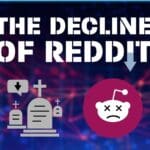


0 Comments